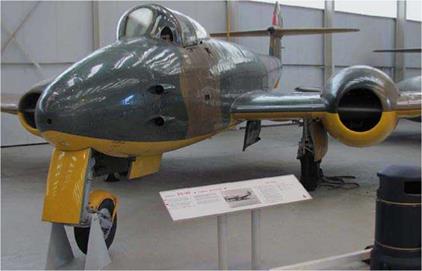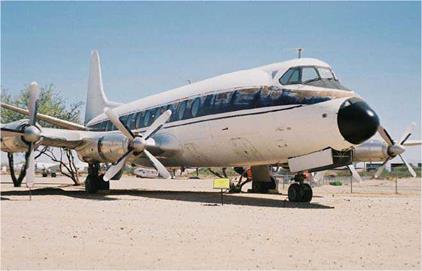The First Turboprops
It is now common knowledge the Vickers Viscount V.630 was the World’s first turboprop transport, which first flew on 29 July 1948. But, what was the World’s first turboprop aircraft to fly? In 1930, Frank Whittle (1907-1996) (later Air Commodore, Sir Frank Whittle) patented his jet engine design with work beginning on the engine in 1937. However, the development of the turboprop engine dates back to 1925 through the work of a UK scientist Dr. Alan A. Griffiths (18951963) at the Royal Aircraft Establishment, Farnborough. His axial flow compressor and turbine, driving a propeller progressed as far as the wind tunnel testing stage in 1926; however, the research was brought to an end due to the ‘depression’ and lack of interest by the industry. It was to be another nineteen years before the turboprop idea was revised, following on after the development of the jet engine during the years of World War Two
So, to return to the question of what was the World’s first turboprop aircraft to fly. The aircraft was a converted Gloster Meteor F.1., jet fighter which first flew as a twin-engine turboprop aircraft on 20 September 1945. The Meteor’s twin 750 SHP (559 kW) Rolls Royce Derwent 2 turbojet engines were modified with reduction gear and drive shafts to turn 7 feet 11 inch (2.14 m) five-blade Rotol props. The props were
 |
The Gloster Meteor F9-40 prototype, similar to the
Meteor that flight-tested the first turboprop engines. This
example is located in the RAF Museum Cosford, UK.
 |
The Vickers Viscount was the World’s first turboprop
airliner. This example, a 744 model, is located in
the Pima Air & Space Museum, Tucson, AR.
relatively small to allow for clearance between the tips and the fuselage. With this conversion installed, the engines were known as Rolls Royce R. B. 50 Trents. [It was Rolls Royce policy to name their engines after British rivers].
The Vickers Viscount 630 was the World’s first transport turboprop aircraft, but it was not the first revenue-earning turboprop. This distinction was claimed by two converted Douglas DC-3 cargo planes, powered by Rolls Royce Dart R. Da 3/505 fixed-shaft turboprop engines. The two aircraft were placed in service by British European Airways in 1951-3 to become the World’s first revenue-earning turboprop aircraft, with the first revenue-earning flight from London to Hanover, Germany on 15 August 1951. The engines, more powerful than the prototype Viscount’s original engines, were on flight trial in preparation for use on the Viscount Series 500 production aircraft. The Viscount’s inaugural revenue-earning flight occurred on 18 April 1953 from London to Cyprus. Other Douglas DC-3’s have also been converted to turboprop configuration over the following years.











